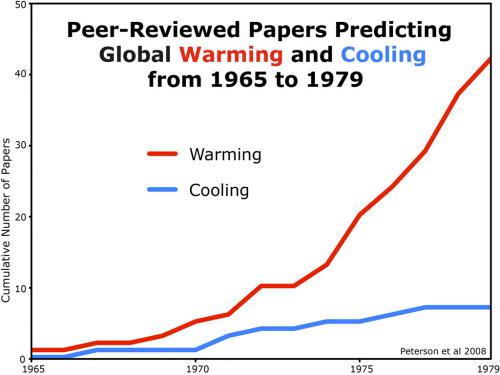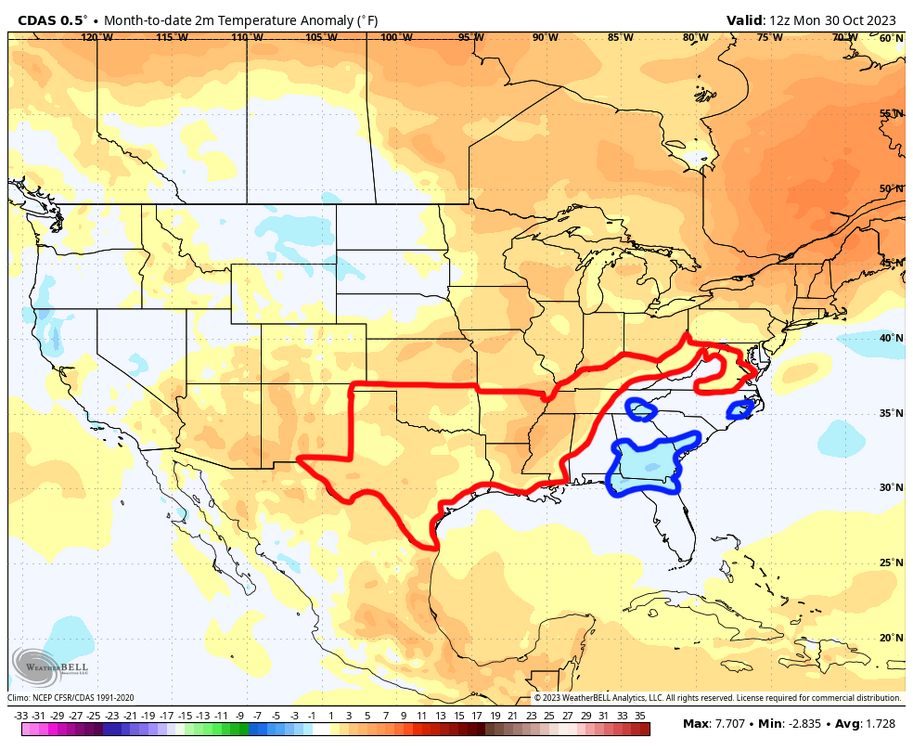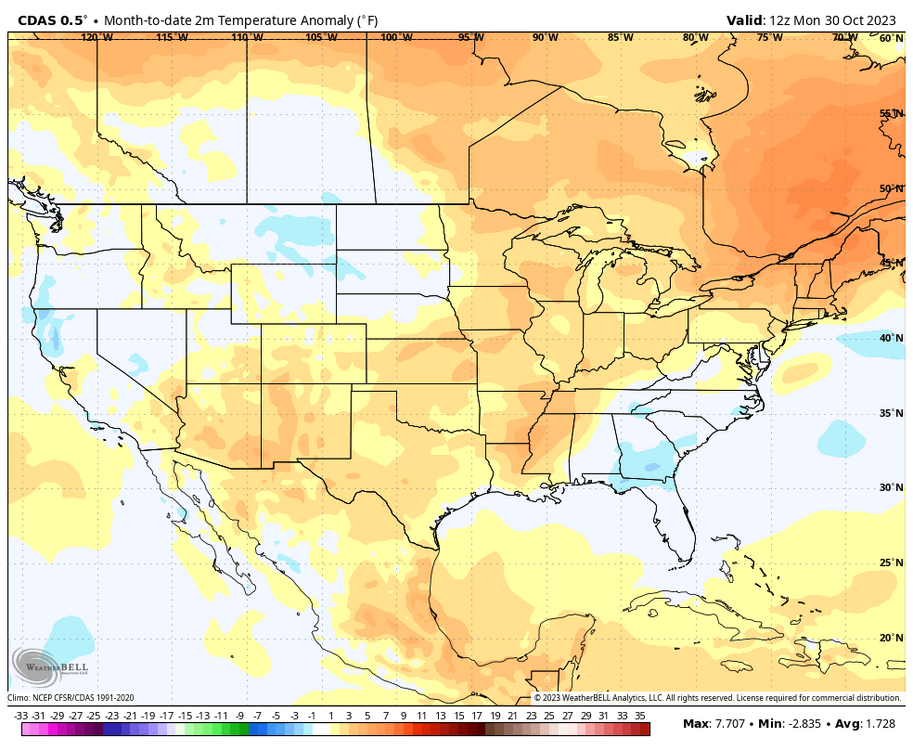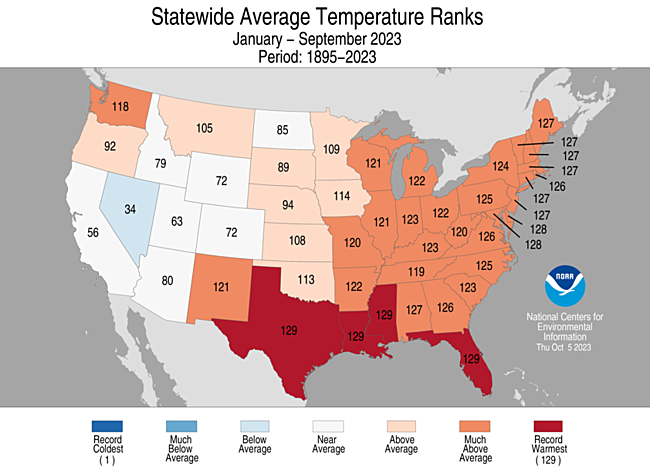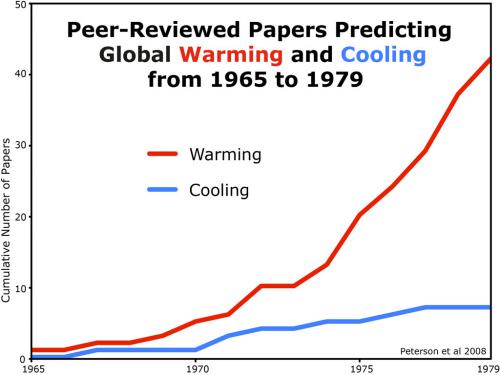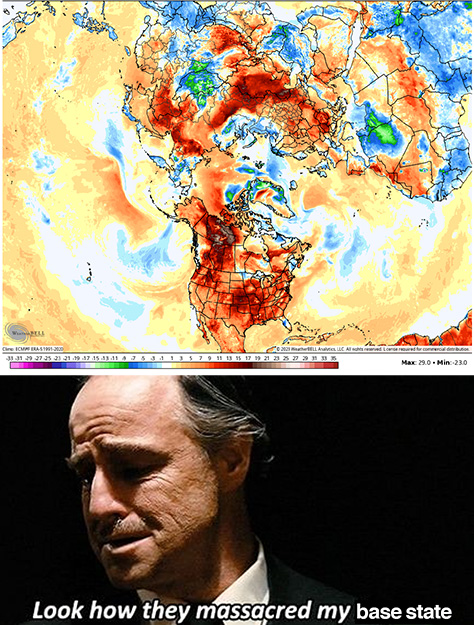-
Posts
4,983 -
Joined
-
Last visited
Content Type
Profiles
Blogs
Forums
American Weather
Media Demo
Store
Gallery
Everything posted by Cobalt
-

Jan/Early Feb Medium/Long Range Discussion Part 3
Cobalt replied to WinterWxLuvr's topic in Mid Atlantic
probably connected.. fridge doing its magic -
Low of 1F, up to 11 degrees now.
-

Jan Medium/Long Range Disco: Winter is coming
Cobalt replied to stormtracker's topic in Mid Atlantic
Euro is a snower for the 16th-17th -
Looks like @qg_omegawas only a bit off.
-
How're you feeling about this prediction so far? Looks like Central Park is running 2.0F below normal through the 15th. According to the 0z EPS it looks like they'll be running around normal for the next 7 days and then 3-5F below normal for the following 7 days to close out the month.
-

Octorcher or Roctober 2023 Discussion Thread
Cobalt replied to Damage In Tolland's topic in New England
I have, and from this quote I read this quote and gathered that you were saying the South has been cooler than their given normal for the month of October, not relative to New England or any other thing. I responded saying that hasn't been the case, and if that response had no application here then I'd like to hear what normal you were referring too. Because yeah in reference to NNE every part of the US has been substantially cooler this month, but if that's what you were trying to focus on then I think this whole discussion of "relative terms" was confusing to follow from the onset. I'd like to hear which normal you were focusing on. -
Because that idea never had consensus in the 60s and 70s. It's a common fallacy, published research from back then predicted the modern day warming rather accurately, surprisingly so for being half a century ago. In any case the thought process of "science was wrong back then so it shouldn't be taken with any credence now" is one made in bad faith. Scientific inquiry is not infallible, but the best working theories or lines of research cannot be disregarded simply because some guy was wrong 500 years ago. Even your 60s argument has no weight when comparing to the current working theory of current global temperature rise. The 60s idea never had any great backing or predictive capabilities. The best understood theory of current global temp rise has both of those things.
-

Octorcher or Roctober 2023 Discussion Thread
Cobalt replied to Damage In Tolland's topic in New England
As long as it's not a world where the defined blue area on that map is perceived to take up more area than the red, then all is well. -

Octorcher or Roctober 2023 Discussion Thread
Cobalt replied to Damage In Tolland's topic in New England
Here's a revised edit of the above WxBell map, with AN anomalies in the South boxed in red, and BN anomalies boxed in blue. Which takes up more area in the Southern states, the AN anomalies, or the BN anomalies? -

Octorcher or Roctober 2023 Discussion Thread
Cobalt replied to Damage In Tolland's topic in New England
Cooler than the Northeast or the 30yr average? That area being cooler relative to NE's record warmth is a no brainer, but the map above indicates that the South as a whole will finish above the 1991-2020 average. The small nugget of BN temps in the Southeast doesn't offset the anomalies found to the West. -

Octorcher or Roctober 2023 Discussion Thread
Cobalt replied to Damage In Tolland's topic in New England
On the whole the South has skewed AN so far this month. Maybe the next 36 hours will tip the scales a bit to the side of BN temps, but not by much. -

Octorcher or Roctober 2023 Discussion Thread
Cobalt replied to Damage In Tolland's topic in New England
That cold snap probably won't do much to change the fact that Texas (along with all but one Gulf Coast state) are on pace to see their warmest year in 129 years of record keeping. The shifting of goalposts is interesting, we're so used to record warmth that one cold snap is seen as an inexplicable event that somehow offsets all of the other positive anomalies. -
Looks like for some areas in Vermont, they are not freezing, at a point in the season where it is becoming exceedingly uncommon for such an event to not have occurred at least once already.
-
Whenever my oceanography professor mentions something related to cold/snow in our area, he prefaces it by saying "if we ever have a winter again". I feel like he'd be a perfect fit in this subforum.
-
None of my response was related to current warming being questioned. People like Chesco can mold the data like it's play-doh to negate the warming, but that's a different discussion for a different day. It was you equating modern day "warming hype" to that of the supposed 1970s "cooling hype". As you pointed out (after my message), you remembered seeing information suggesting "the earth is gonna freeze", and used it to suggest global climate prediction and discussion is heavily faulty, or at least was back in the time of those reports. I chimed in to say that it was never the consensus, even back then. The idea that it was somehow a consensus viewpoint back in the 1970s is being weaponized by people who question the warming to this day. If you agree with your original idea, that it's nonsense to question modern day warming, you can then agree on that connection (70s cooling idea to modern warming being faulty) being a bad faith argument. Therefore, I think it's nonsense to equate a complete non-consensus back then to anything connected to the climate discussion today. Plain and simple. A quick edit after the fact, I see the discussion has moved on, and I don't mean to make this discussion drag on longer than it needs to. This response was simply for closure.
-
This is a silly comparison to make. Publications concerning the idea of "global cooling" were a fraction compared to the research that suggested warming, even in the 70s. The only "hype" about publications on global cooling comes from deniers who benefit from amplifying the idea of doubt or uncertainty. Even ExxonMobil produced research back in the 70s suggesting the Earth was warming, and their predictive skill on the matter was surprisingly accurate. Much better than that of deniers that have been suggesting for decades that the warming would halt. https://news.harvard.edu/gazette/story/2023/01/harvard-led-analysis-finds-exxonmobil-internal-research-accurately-predicted-climate-change/
-
Sorry to bother, but it doesn't look like Twitter (or X I guess is what it's called now) links embed to AmWx anymore, so they're not viewable. Can you summarize the tweets you're sharing? In your own words preferably.
-
Ridiculous UHI effect up in Albany
-
That's because JB posted the control run, the operational CFSv2 currently only runs through November.
-
he has correctly predicted 38 of the last 20 warm winters after all.
-

Time to think cold. What is your favorite snow memory?
Cobalt replied to ldub23's topic in Mid Atlantic
1/26/11 was the the first one I can remember "tracking", being glued to TWC coverage, cycling back from the TV to the window, waiting for a changeover. It must've happened in an instant, going from pouring rain to a near whiteout, by far the highest impact for a single-digit snowfall I have ever seen. 8 inches of heavy wet snow that caused a 3 day power outage (nearly as long as Feb 2010's snow blitz), and a prolonged snowpack after. Those high impact rain to snow events (1/3/22 is in the same realm as that one) have always been a favorite of mine. There's just something about a dreary environment transforming into a powder keg at a moment's notice. Most memorable stretch of winter has to be Feb-March 2015. Nearly every flavor of snow event, and some historic cold that we might never see again. -
This recent 2 month stretch marks the first time DCA has had consecutive BN months since April/May 2020. Coldest 5/1 -> 6/30 (69.3F) since 2005 (68.7F). Nowhere near 2003's average for that timeframe of 66.4F, which stands as the coldest May/June period in DCA's history and coldest at any official DC site since 1927.
-
I remember reading that some areas in Siberia were the coldest since 2002. Maybe next year we'll get our 2003? In any case I'll remain hesitant about an El Nino being the remedy we need. The 06-07 and 94-95 style Ninos still lurk, but it's definitely a step up for our chances.




